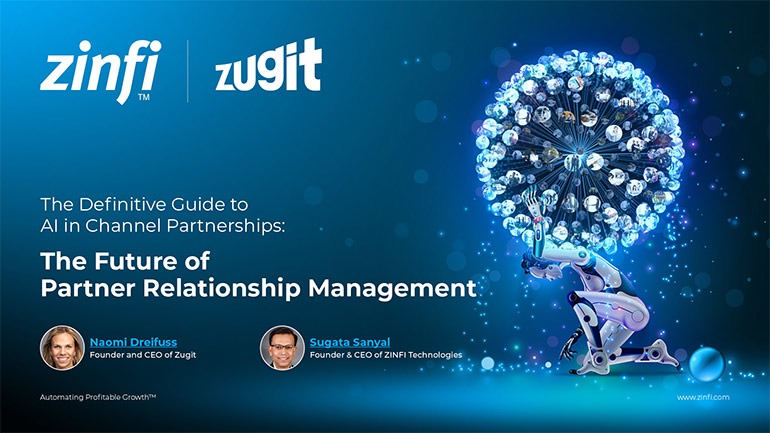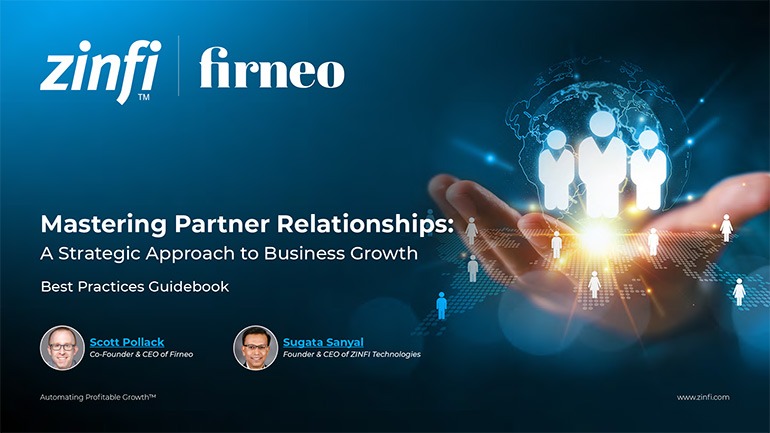Glossary - How to - Partner Onboarding Implementation
How to Implement Partner Onboarding Best Practices?
Introduction
Understanding Partner Onboarding Best Practices
Partner onboarding is the structured process of integrating new partners into a company’s ecosystem to ensure they have the knowledge, tools, and support to succeed. Effective partner onboarding enhances collaboration, accelerates productivity, and maximizes revenue generation.
In the broader partner ecosystem, onboarding is essential for maintaining long-term relationships. Partners may struggle to understand products, services, and expectations without a well-defined onboarding strategy, leading to decreased engagement and poor performance. Implementing partner onboarding best practices helps businesses scale their partner programs efficiently and drive mutual success.
The Role of Partner Management Automation in Onboarding
Modern Partner Relationship Management (PRM) solutions streamline onboarding processes through automation. PRM platforms enable companies to deliver structured training, provide resources, and track real-time partner progress. Automating partner onboarding reduces manual work, enhances consistency, and ensures partners receive a standardized experience.
By integrating PRM technology, companies can create customized onboarding workflows, assign training modules, and offer real-time support, leading to better retention and performance. Businesses leveraging partner onboarding best practices with automation gain a competitive edge by building stronger, more efficient partnerships.
Key Takeaways:
Develop a Structured Onboarding Plan:
A structured onboarding plan ensures consistency and clarity. It should outline essential milestones, such as initial training, certification processes, and performance expectations. Best practices include:
- Creating a detailed onboarding checklist to guide new partners.
- Defining clear roles and responsibilities to avoid confusion.
- Providing a timeline for training and resource access.
- Regular evaluation and refining of the onboarding process based on feedback.
Utilize PRM Platforms for Automation:
PRM platforms significantly improve efficiency by centralizing onboarding activities. Key features of PRM platforms that enhance onboarding include:
- Automated workflows to guide partners through step-by-step training.
- On-demand training modules with interactive learning resources.
- Knowledge bases and FAQs for self-service support.
- Performance tracking to monitor progress and engagement.
Offer Comprehensive Training and Certification:
Training is a fundamental component of successful partner onboarding. A well-structured training program should include:
- Product and service training to ensure partners fully understand offerings.
- Sales enablement materials like pitch decks, case studies, and competitive analysis.
- Role-based learning paths to personalize training based on partner responsibilities.
- Certification programs that validate knowledge and improve credibility.
Foster Strong Communication and Support:
Effective communication is crucial for partner engagement. Providing continuous support ensures partners stay informed and motivated. Best practices include:
- Assigning dedicated partner managers for direct assistance.
- Conducting regular check-ins via email, video calls, or webinars.
- Establishing a partner community or forum for peer collaboration.
- Creating an easily accessible support portal for troubleshooting and inquiries.
Track Performance and Provide Feedback:
Measuring the success of onboarding efforts is essential for continuous improvement. Companies should:
- Define key performance indicators (KPIs) to evaluate partner success.
- Use PRM dashboards for real-time tracking of training completion and engagement.
- Gather partner feedback through surveys and interviews.
- Adjust onboarding strategies based on data-driven insights.
Summary of Key Takeaways:
Implementing partner onboarding best practices helps organizations create an effective, scalable, and engaging partner program. Key strategies include developing a structured plan, leveraging PRM technology, offering thorough training, maintaining strong communication, and tracking performance. With optimized onboarding, businesses improve partner satisfaction, retention, and productivity.
Key Examples:
- Automotive Manufacturing: Automotive manufacturers rely on distributors and dealership networks. Effective onboarding ensures these partners understand vehicle specifications, financing options, and marketing strategies.
- Consumer Electronics: Consumer electronics brands work with retailers and resellers. Structured onboarding includes product training, sales incentives, and marketing collaboration to drive success.
- Energy Production: Energy companies onboard partners for equipment distribution and service installation. Standardized compliance training and technical certification are critical components.
- Financial Services: Financial institutions onboard affiliates and resellers for banking, insurance, and investment products. Regulatory compliance training is a key focus.
- Food and Beverage: Franchises and distributors require onboarding for product sourcing, branding guidelines, and operational procedures to maintain consistency across locations.
- Healthcare Services: Medical device and pharmaceutical companies onboard partners to ensure regulatory compliance, ethical marketing, and proper product usage training.
- Information Technology: IT companies onboard resellers, managed service providers, and integrators. Training includes cybersecurity compliance, product demos, and customer support protocols.
- Pharmaceutical Development: Pharmaceutical firms onboard distributors and healthcare providers. Compliance with regulatory guidelines and detailed product education are essential.
- Retail Industry: Retail brands onboard franchisees and suppliers to align with brand standards, merchandising strategies, and digital marketing efforts.
- Telecommunications: Telecom companies to ensure consistency, onboard agents and service providers with product knowledge, pricing models, and customer service training.
Conclusion:
A well-designed partner onboarding strategy fosters relationships, accelerates productivity, and enhances partner satisfaction. Organizations that implement structured onboarding plans leverage PRM technology and prioritize continuous engagement benefit from improved retention and long-term success.
By following partner onboarding best practices, businesses can create a seamless, efficient onboarding experience that drives revenue and strengthens their partner network. Investing in automated solutions and proactive support ensures partners receive the tools they need to succeed, ultimately contributing to overall business growth.
Associated Keywords:
- Partner Onboarding Process
- Partner Training and Development
- PRM Platform Best Practices
















